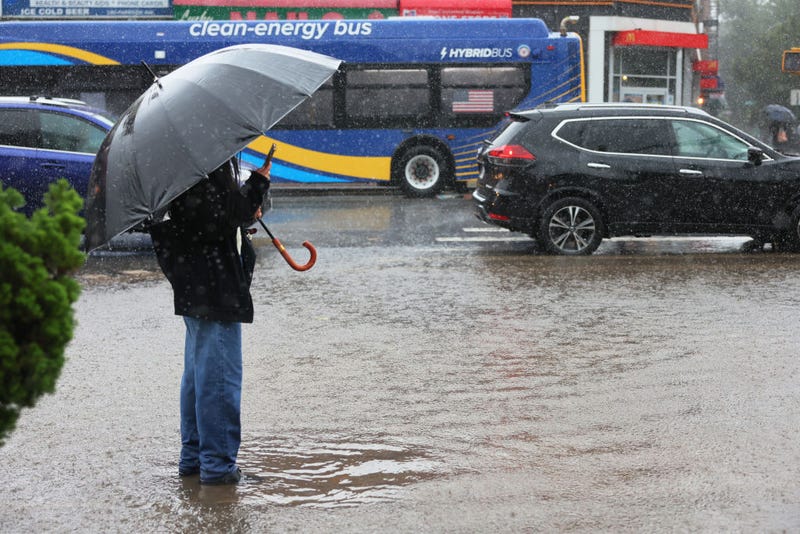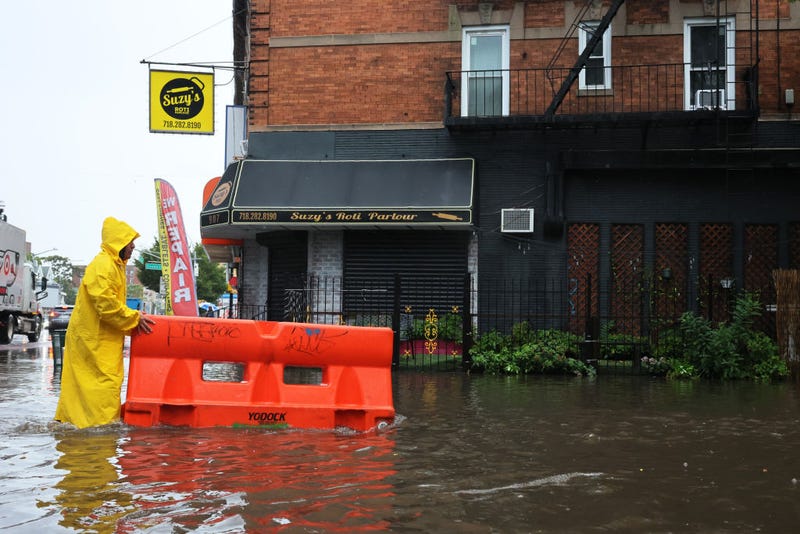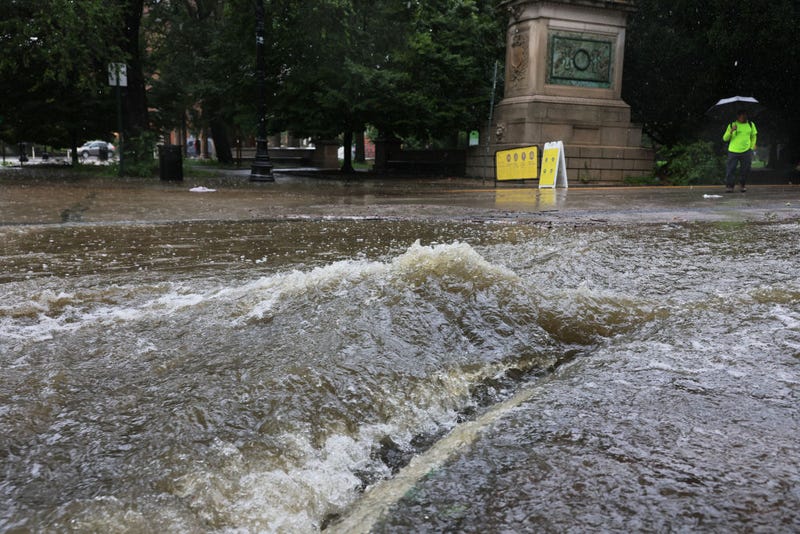
NEW YORK (BLOOMBERG) — New York City officials seeking new ways to lock up funding for the many infrastructure projects needed to protect the city from flooding are offering a four-point plan to City Hall on Monday.
Funding uncertainty is a problem many cities face, because climate resiliency projects generally can’t rely on guaranteed recurring federal money, which makes it hard to plan for big projects.
The problem is exacerbated by the Trump administration’s ongoing attempts to wipe out funding from the Biden-era infrastructure and climate laws. New York has secured $2.4 billion dollars for infrastructure under those laws.
On his first day in office, President Donald Trump signed an executive order pausing most of that funding for 90 days.
“When you talk about reliable, sustainable, bondable capital grants that you can look at to the future and say, ‘That's coming in size,’ it really is not a thing for this kind of infrastructure,” said Jamie Rubin, co-chair of the New York City Resiliency Finance Task Force.
The many projects needed to protect New York against a 100-year storm — a destructive weather event that has a 1% chance of happening in any given year — are expected to cost $46.2 billion without federal funds, plus about $330 million a year in operations and maintenance.

“The best thing would be if the federal government would give us all that money, but it doesn't seem like that's ever going to happen,” said Rubin, who spearheaded the creation of New York State's Office of Storm Recovery under former Governor Andrew Cuomo.
“And I don’t think that’s a Trump issue. I just think that’s a federal government issue,” he added, referring to the lack of reliable funding for resilience, known as formula funding.
One of the task force’s recommendations to City Hall is to split the city up into districts. Property owners in each area, which the task force calls “shoreline protection districts,” would be charged a fee for ongoing operations and maintenance of projects in their local area, according to the report.
“If you build protective infrastructure around the entire southern end of Manhattan, you are protecting the whole city to a large measure, or a good portion of it, but you're very directly protecting the folks who own the real estate down there,” Rubin said. “They're getting more immediate protection, so they should probably bear some of the cost, overweighted toward them.”
Much of the flood protection infrastructure, such as liftable seawalls and folding doors at subway stations, must be regularly maintained to ensure it works.

Another proposal being offered to City Hall is tighter collaboration with the insurance industry. “The insurers would seem to be a very logical partner in all of this work, because they stand to lose a lot of money” in case of another catastrophic flood like Superstorm Sandy, Rubin said.
The insurance sector could even be an investor in New York real estate, “but for whatever reason, all of that collaboration hasn't really happened in a real way,” Rubin said.
The task force also recommends the city develop a menu of alternative revenue options that could include property, sales, payroll, corporate, personal income, hotel, and “sin” taxes.
“A mix of revenue streams would reduce the financial impact of any one charge and would reduce the risk of disproportionately impacting specific groups of payers,” according to the task force’s report.
Although the price tag for storm resiliency is high, a City Hall spokeswoman said the cost of doing nothing is even higher.
Over the next 20-plus years, New York's resiliency investments could avoid $220 billion in physical, social, and economic losses through 2100, which would affect 1.7 million residents and 1 billion square feet of real estate, the spokeswoman said.
